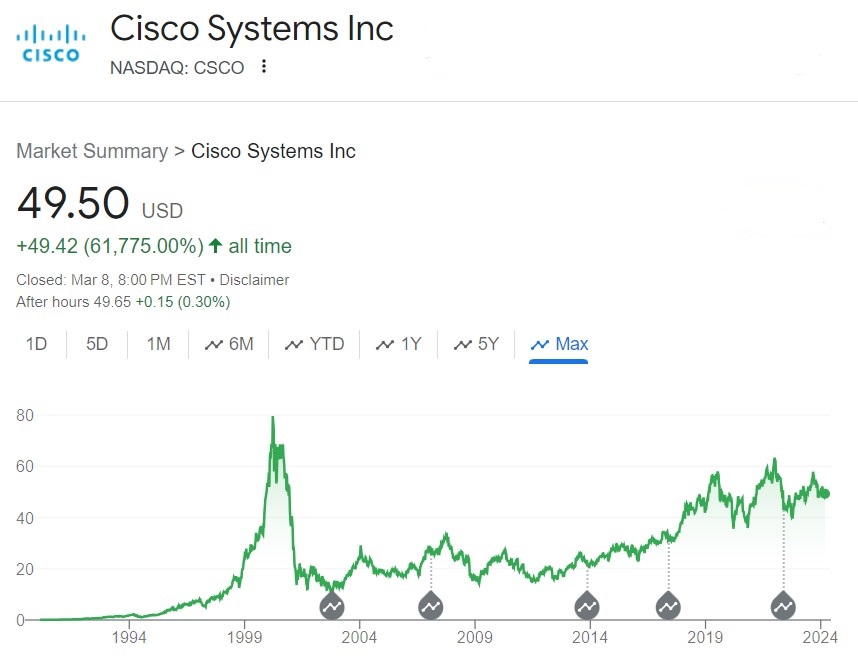Bank of America strategist Michael Hartnett coined the term “The Magnificent Seven” or Mag 7 for a group of stocks that have come to dominate the stock market lately1. These stocks are Apple, Microsoft, Alphabet, Amazon, Nvidia, Tesla and Meta.
Markets are long-term efficient but sometimes they can get short-term nutty. I feel some of that nuttiness has found its way into these stocks. Let me explain why.
The combined market value of all Mag 7 stocks is 14 trillion dollars. The total value of all businesses in the Russell 1000 index (the entire US stock market) is forty-three trillion dollars. These seven stocks hence are 30 percent of the entire value of the stock market. These are world-class businesses. They own their markets so clearly some of that valuation is justified.
But if you are buying these stocks today, you are making an active bet in a concentrated piece of the stock market with one of the most overcrowded and over-owned group of stocks. So quite naturally, you’d want to get compensated for taking on that risk.
Even if you are holding these stocks that you acquired several years ago, you are still making an active bet because any permanent loss in value from today’s prices is real money lost.
So, if I were you and if I were taking on a concentrated stock risk by investing in them, I would at least want a double in five years and 4x my money in ten. Else why take the risk.
Fourteen trillion dollars is today’s value of the Mag 7 stocks so four times that makes fifty-two trillion dollars in ten years. That is more than the market value of all US stocks today.
But let us continue playing. Assuming a seven percent growth rate for the rest of the stock market and with the Mag 7 stocks quadrupling in 10 years, these companies would then come to represent 60 percent of the total market value of all US stocks.
That will not happen. That should never happen. The economy will otherwise stagnate.
Next, let’s consider valuation. The total profit earned by the Mag 7 companies is five-hundred billion dollars. That is annualizing their last quarter’s profit numbers so that again is being overly optimistic. Because we don’t know if the gigantic profits these companies have been churning lately are long-term sustainable or would they revert to a more normal pace once the current mania subsides.
But let us assume they are real and sustainable. Five-hundred billion dollars in total profits against a 14 trillion dollars market value for the Mag 7 stocks equates to a price to earnings ratio of 27.
Flip that ratio around and we get an earnings yield of 4 percent. Ten-year Treasury bonds these days yield the same, but you are not buying these stocks for a mere 4 percent rate of return each year. You are buying them to 4x your money in ten years.
Total profit for all publicly listed US stocks today is 1.65 trillion dollars. Mag 7 is 500 billion dollars or 30 percent of the total profits so these stocks making up 30 percent of the total stock market value makes sense.
But if you are looking to 4x your money in ten years with these stocks means profits also must at least do 4x. That is two trillion dollars in profits, more than the combined profits of all US stocks today.
And that assumes the market continues affording these companies a price to earnings ratio of 27 ten years from now. If the market realizes that’s nutty, that price to earnings ratio could drop to say 20 or 15. There is no 4x your money happening then.
I know quite a few of you are in this fortunate situation to work for one of these companies and you likely have an outsized percent of your wealth tied up in these stocks. It is hard to make the call but you must have a plan to trickle out of that single-stock risk. Or you could be sitting on the next Cisco Systems, still waiting for the stock to recover to the highs reached 25 years ago.
Thank you for your time.
Cover image credit – Miguel Padrinan, Pexels
1 March 8, 2024


